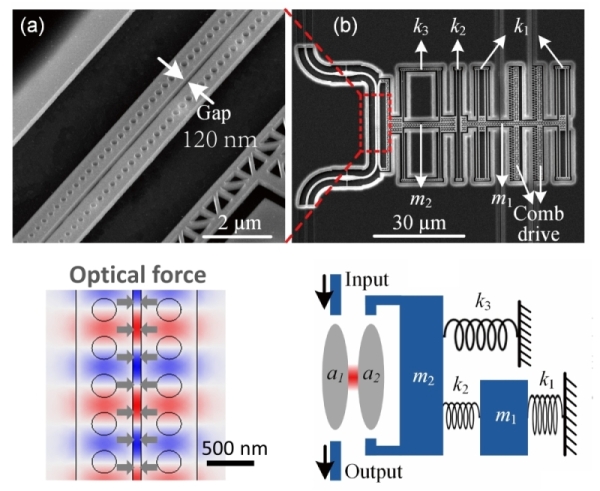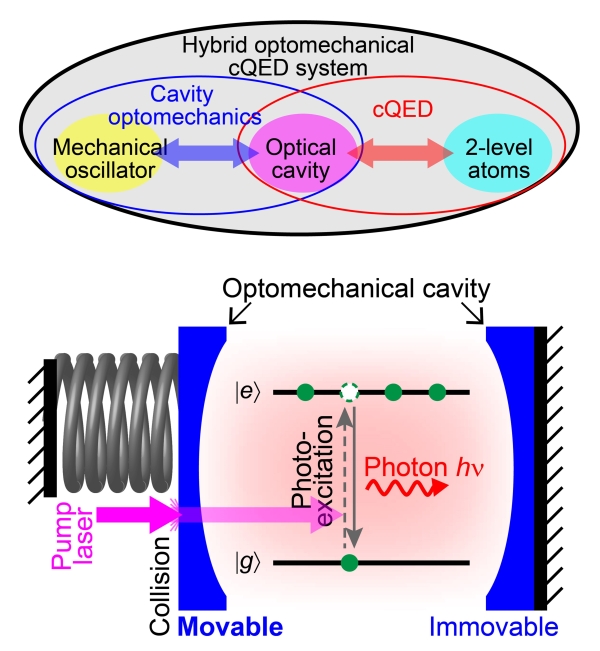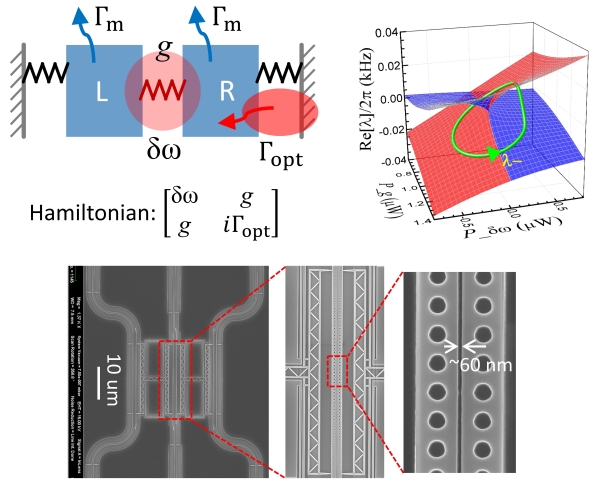- HOME
- Research
- Researcher's Profile
- Feng TIAN
Researcher's Profile

- Project Associate Professor
- Feng TIAN
- Micro Device Engineering
Biography
| July 2010 | PhD, College of Optical Science and Engineering, Zhejiang University |
|---|---|
| July 2010 | Research Fellow, Faculty of Engineering, National University of Singapore |
| February 2015 | Research Associate, NTT Basic Research Laboratories |
| February 2018 | Researcher, School of Science, Tokyo Institute of Technology |
| February 2018 | Collaborative Researcher, NTT Basic Research Laboratories |
| June 2019 | Project Research Associate, RCAST, The University of Tokyo(UTokyo) |
| January 2024 | Project Associate Professor, RCAST, UTokyo (-May 2024) |
Research Interests
Light carries momentum, enabling it to exert forces on objects through momentum exchange. When light is confined within a cavity, photons bounce back and forth, generating pressure on the mirrors. Cavity optomechanics is the study of the interaction between optical cavities and mechanical oscillators through the light-pressure effects, known as optomechanical effects. Our research employs semiconductor-compatible nano-optomechanical systems to explore unknown phenomena across various areas of physics, including nanophotonics, cavity quantum electrodynamics (cQED), topological photonics, non-Hermitian physics, and more.
・Nanoelectromechanical Systems (NEMS) Optomechanics: We design and fabricate sophisticated NEMS structures to explore various optomechanical phenomena. For example, we precisely measured bidirectional (attractive and repulsive) optical forces in double-coupled photonic crystal (PhC) cavities [F. Tian et al., Opt. Express 21, 18398-18407 (2013)], and we controlled the bistable states of the cavities with NEMS [F. Tian et al., Opt. Lett. 38, 3394-3397 (2013)].
・Hybrid Quantum Optomechanical Systems: We are also interested in hybrid systems integrating quantum and optomechanical components. For instance, the hybridization of solid-state quantum emitters with a tunable optomechanical cavity can provide a dynamical aspect to the spontaneous emission process [F. Tian et al., Optica 9, 309-316 (2022); Research Highlight: Science 376, 150 (2022)].
・Topological/Non-Hermitian Optomechanical Systems: Optomechanical effects can also be harnessed to control the frequency and energy gain/loss of mechanical resonators. Therefore, we are dedicated to studying non-Hermitian physics using optomechanical platforms [F. Tian et al., CLEO 2022, JTh3A.64]. Moreover, we are exploring optomechanical effects in topological photonics, where the topological phase transition is realized through optomechanical nonlinearity [F. Tian and S. Iwamoto, JSAP Spring Meeting 2023, 16a-E502-5].

fig.1:A NEMS optomechanical system. The NEMS structure is used to measure the optical forces in the nanocavity.

fig.2:A Hybrid optomechanical cQED system, in which the spontaneous emission is dynamically modulated.

fig.3:A non-Hermitian optomechanical system.
Keywords
NEMS, Optomechanics, Quantum Optics, Topology, Non-Hermitian Systems

